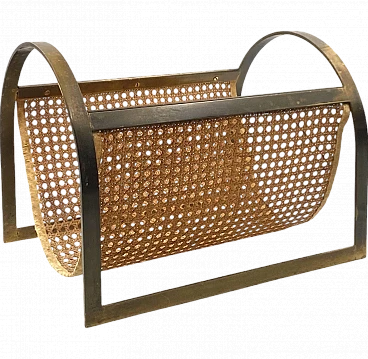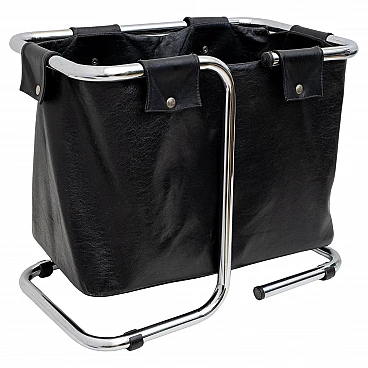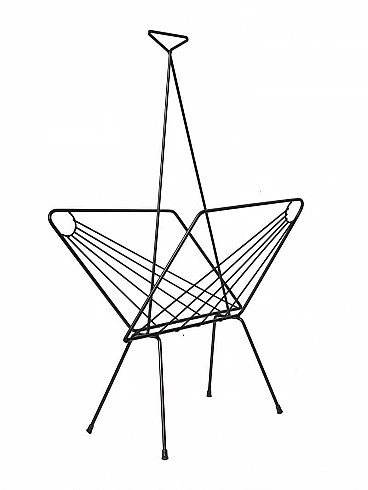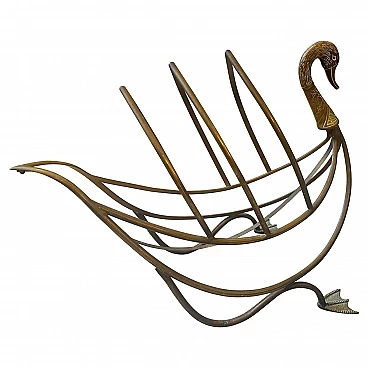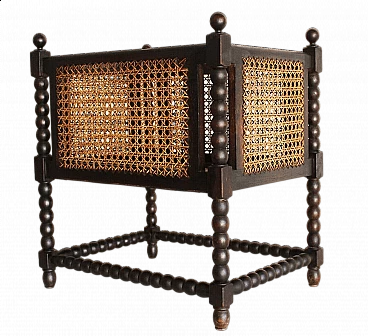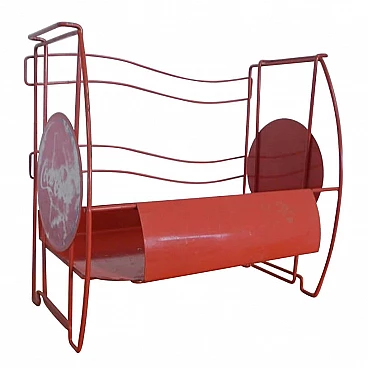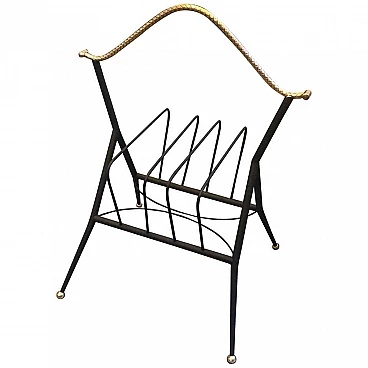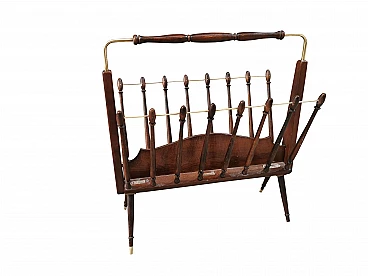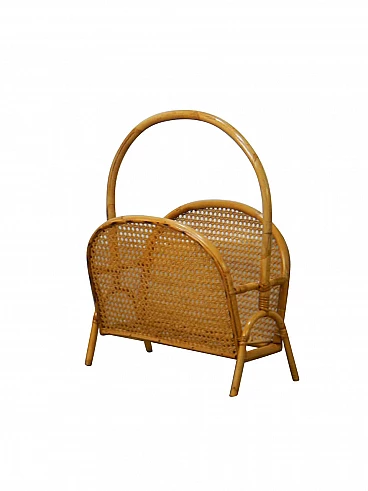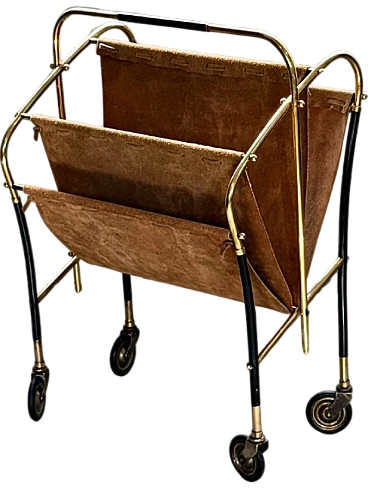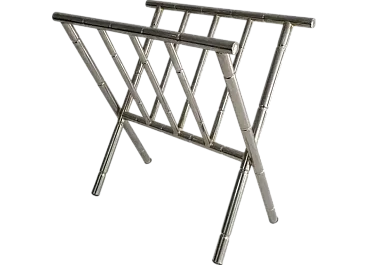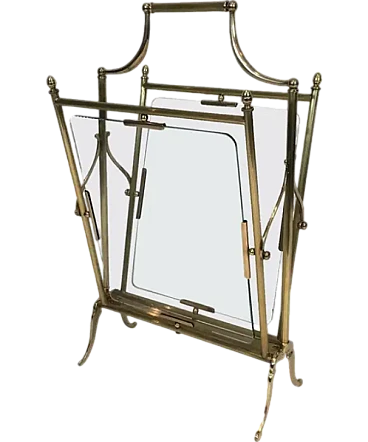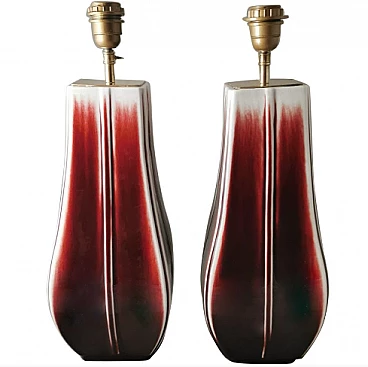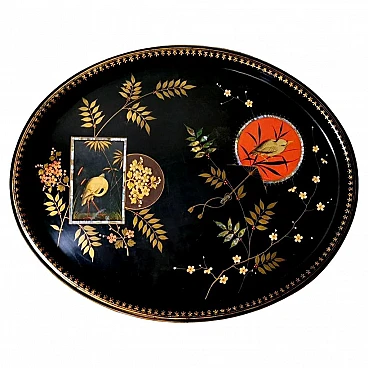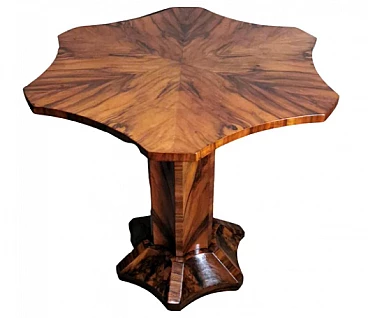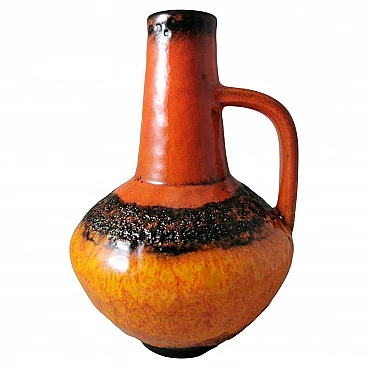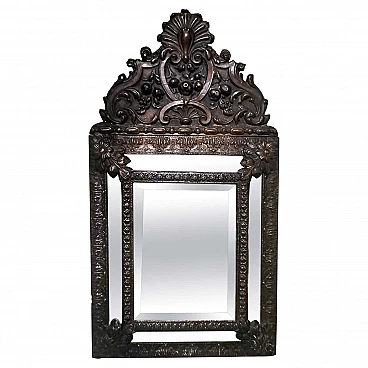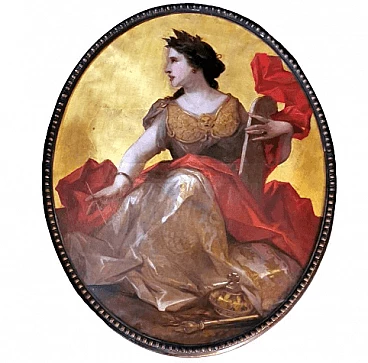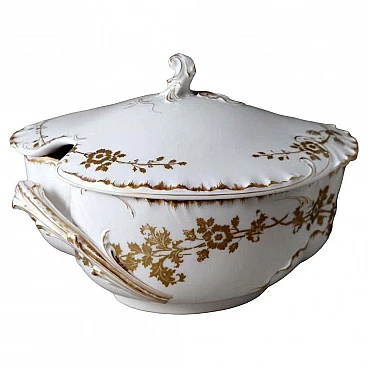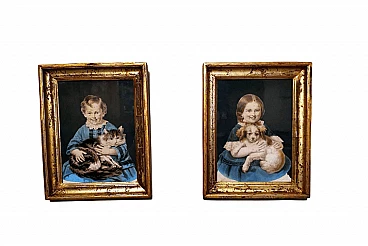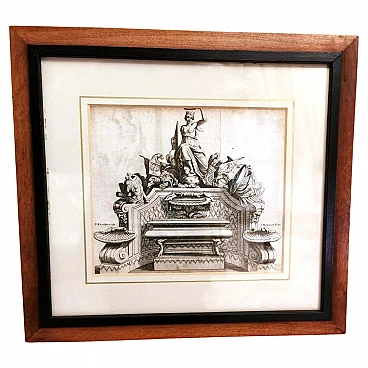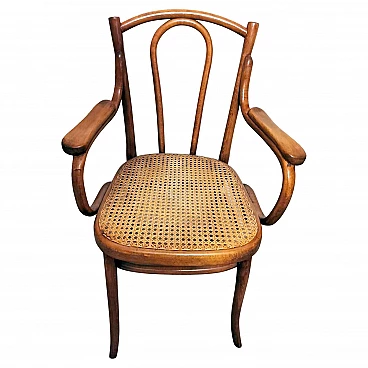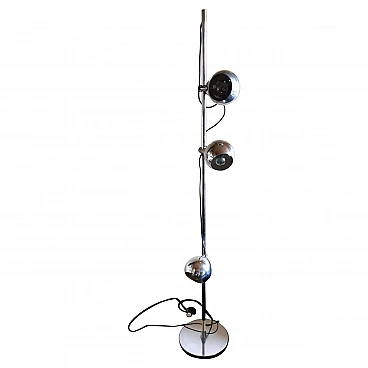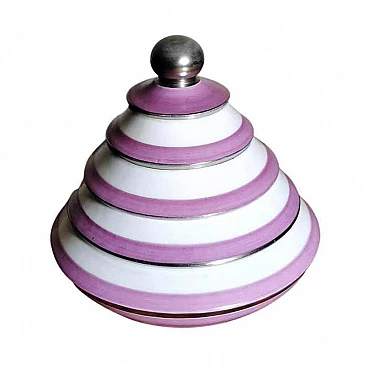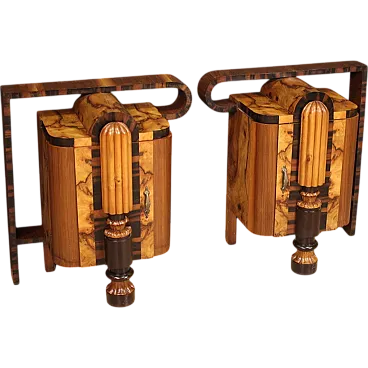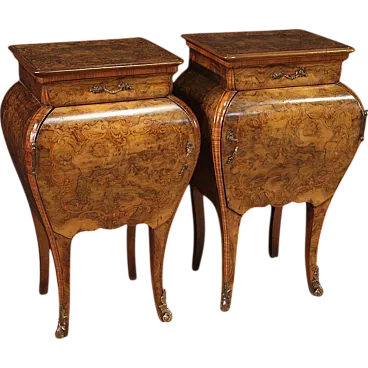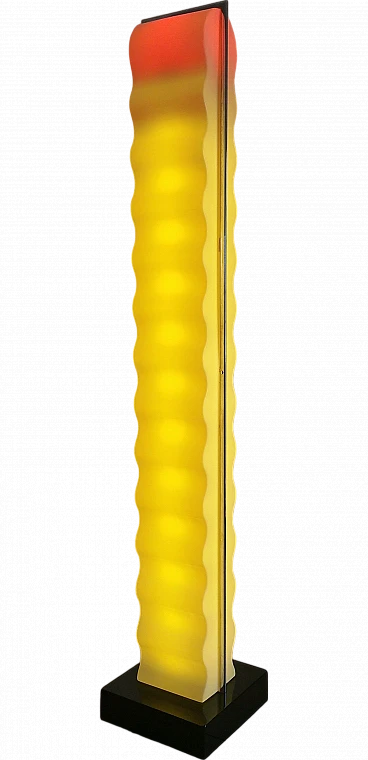Magazine rack made in Space Age style by hot stamping two sheets of transparent plexiglass which give it a sinuous and soft shape. The plates are fitted one inside the other and are joined to the bases with two large and showy chromed screws. In the inner part, an elegant and massive chrome-polished brass bar with a square section has been placed at the top, which acts as a handle for the entire object. The measures are aesthetically proportionate and pleasant. The magazine rack was born in an innovative laboratory in the province of Milan between 1970 and 1974. The craftsmen of those years, tired of conventional materials that didn't allow them to go too far with their imagination, turned to plexiglass for its extraordinary versatility and ease of processing that allows them to create elegant, extravagant and modern products by rewriting the rules of contemporary design of the 1970s. From those skilled hands and creative minds are born lamps, chairs, tables and coffee tables, vases, magazine racks and much more. The Space Age style originated in the early days of the space age, identified as being attributed to the launch of Sputnik in October 1957, and continued through the 1970s. The objects of this period are reduced by essential volumes that recall geometric shapes, definitively breaking with the rationalist tradition. Plexiglass also made its appearance in those years on the design market, stimulating the interest and creativity of many famous designers and brands who, between the end of the 1960s and the 1970s, created truly innovative objects, populating architecture and fashion magazines. Plexiglass also conquers everyday life by giving an original and contemporary aesthetic to the objects that accompany us every day, trapped for a long time in traditional canons. Plexiglass is a plastic material, whose "real" name is polymethyl methacrylate (PMMA) or more simply methacrylate, derived from the name of its structural polymers. Plexiglass is the best known trade name, used today. The inventor of this material is Otto Karl Julius Röhm, a German chemist who made it in 1928 and which was marketed in 1933 by the German Röhm industry. In 1936, the first acrylic sheet was made with the name Perspex, which means "see through". In fact, one of its most appreciated characteristics is its transparency and it is often used as an alternative to glass also due to its unbreakability. These characteristics, combined with the fact that it is a ductile and versatile material, mean that plexiglass lends itself easily to different types of processing and is used in different sectors. It is also known under the trade names of Plexiglas, Perspex, Amanite, Lucite, Trespex, Vitroflex, Acrivill, Perclax, Limacryl, Crylux, Oroglas, Setacryl, Altuglas. It is sensitive to scratches and abrasions but they can be easily eliminated thanks to specific products.
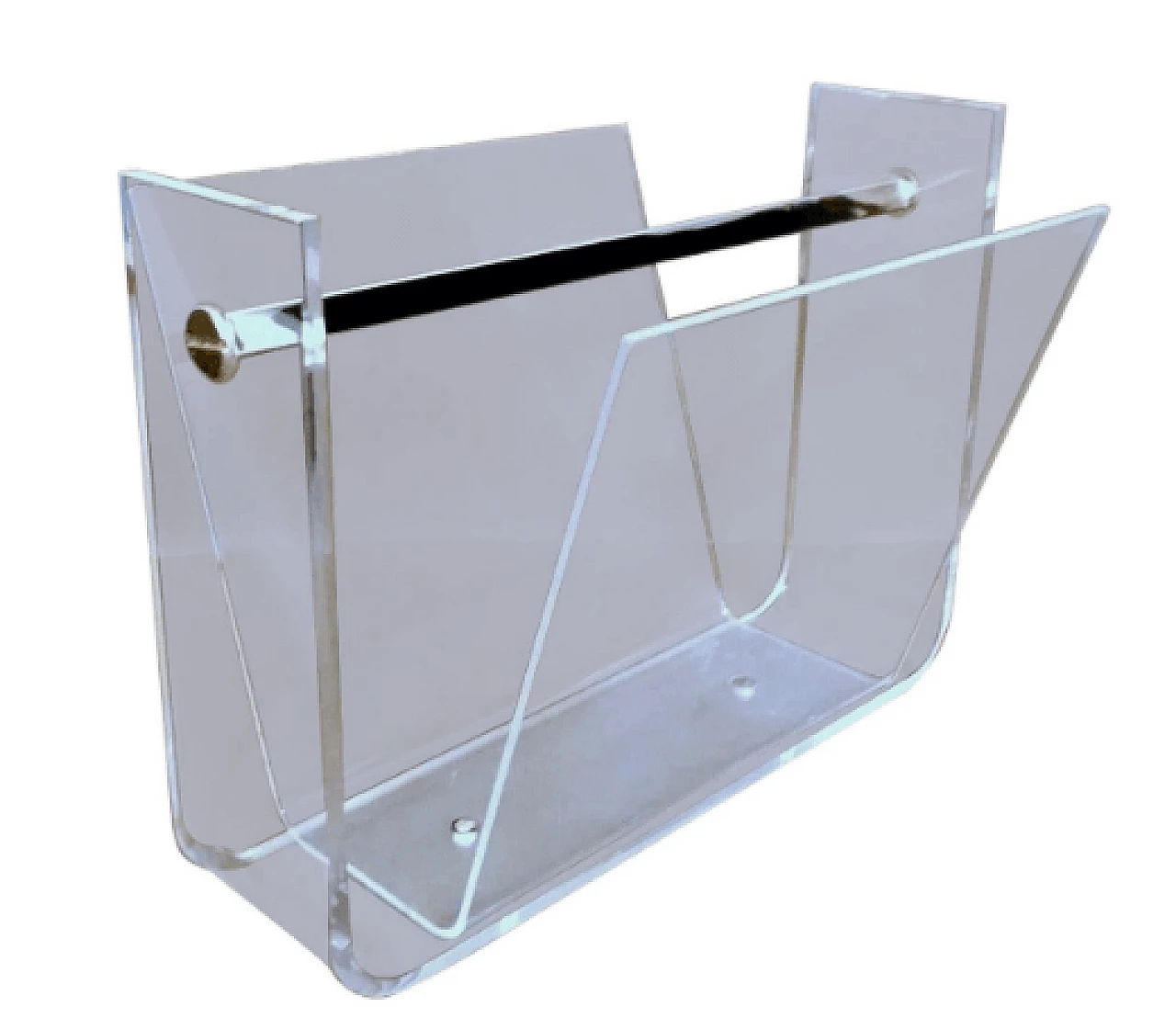
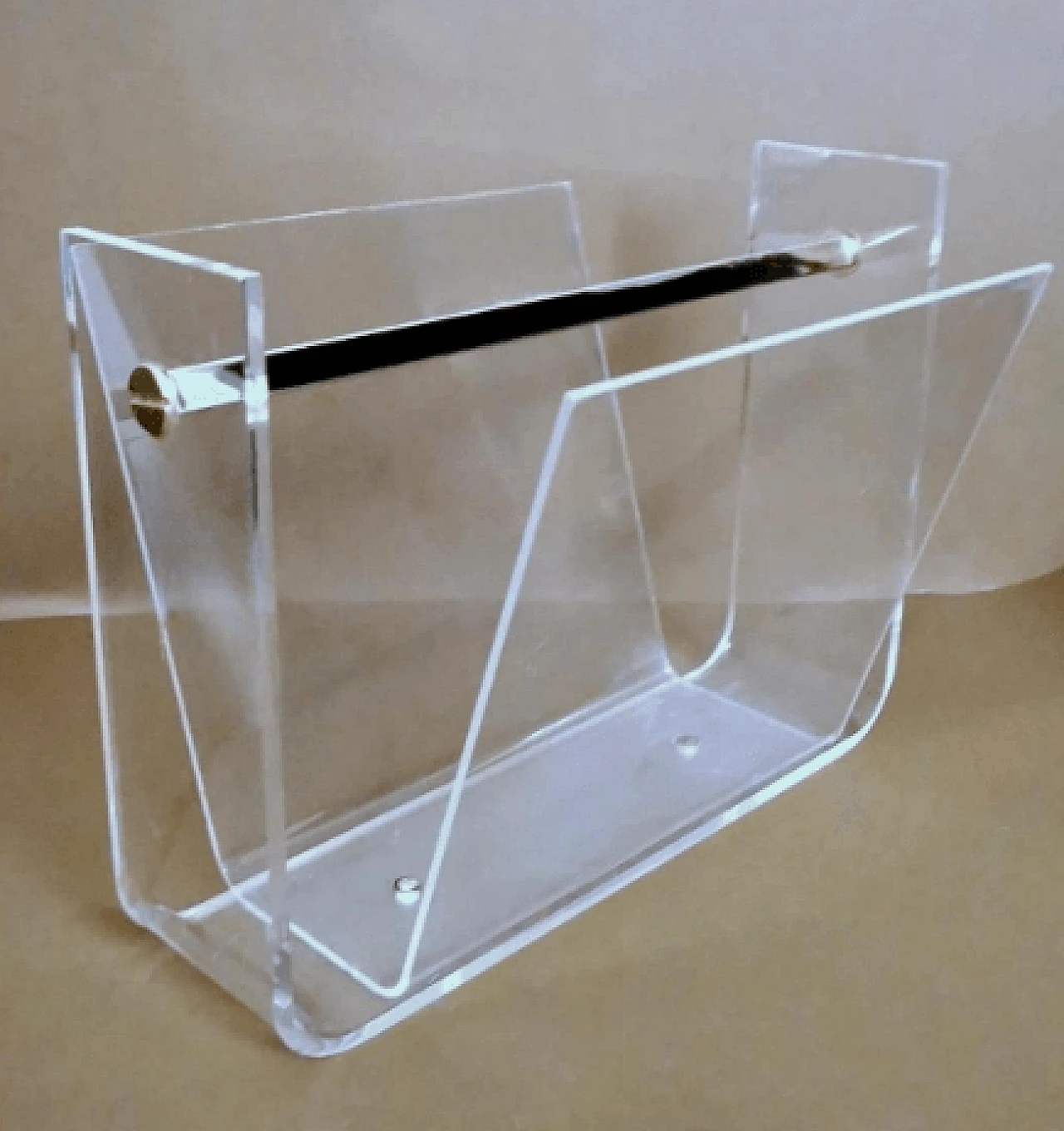
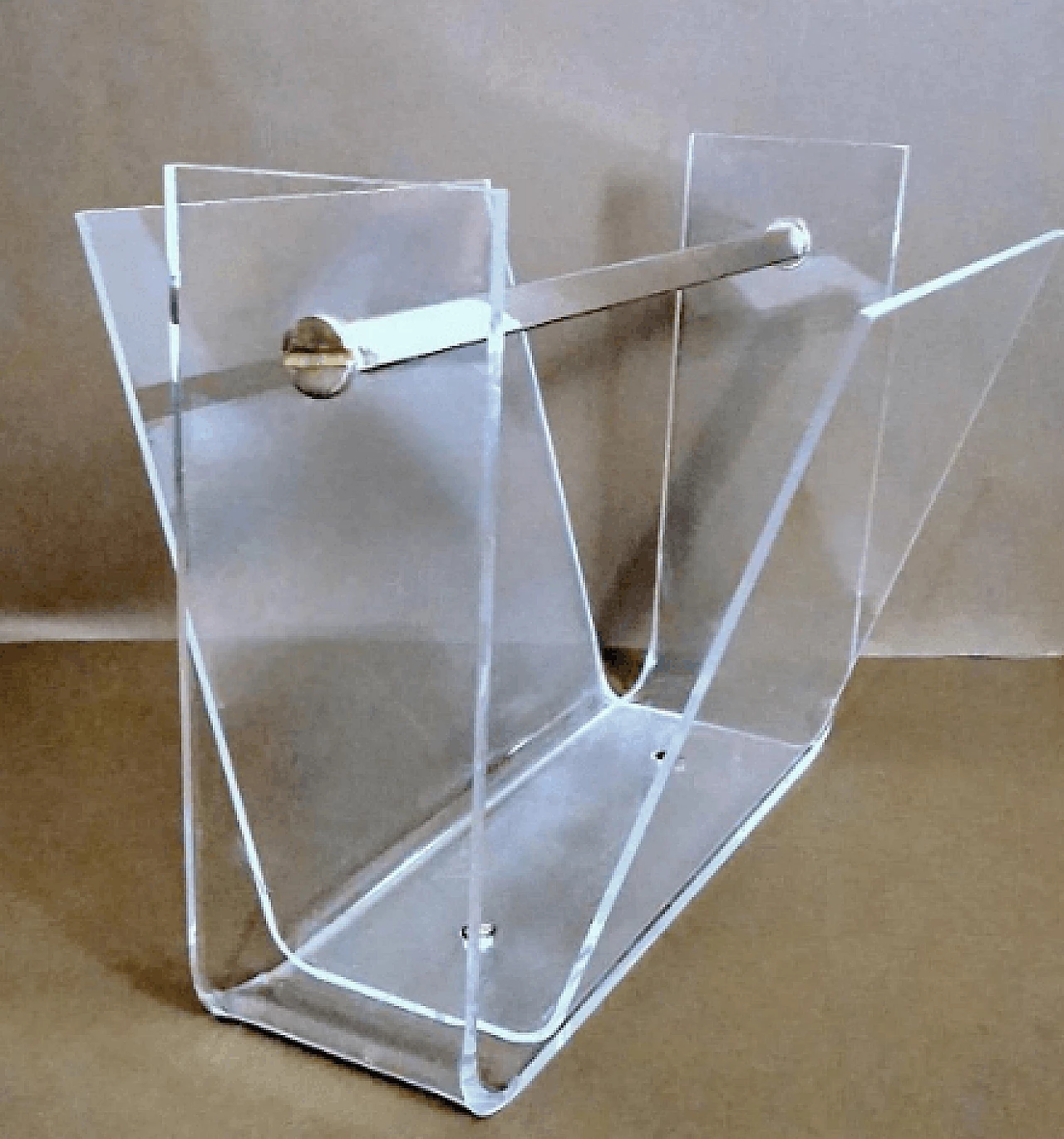
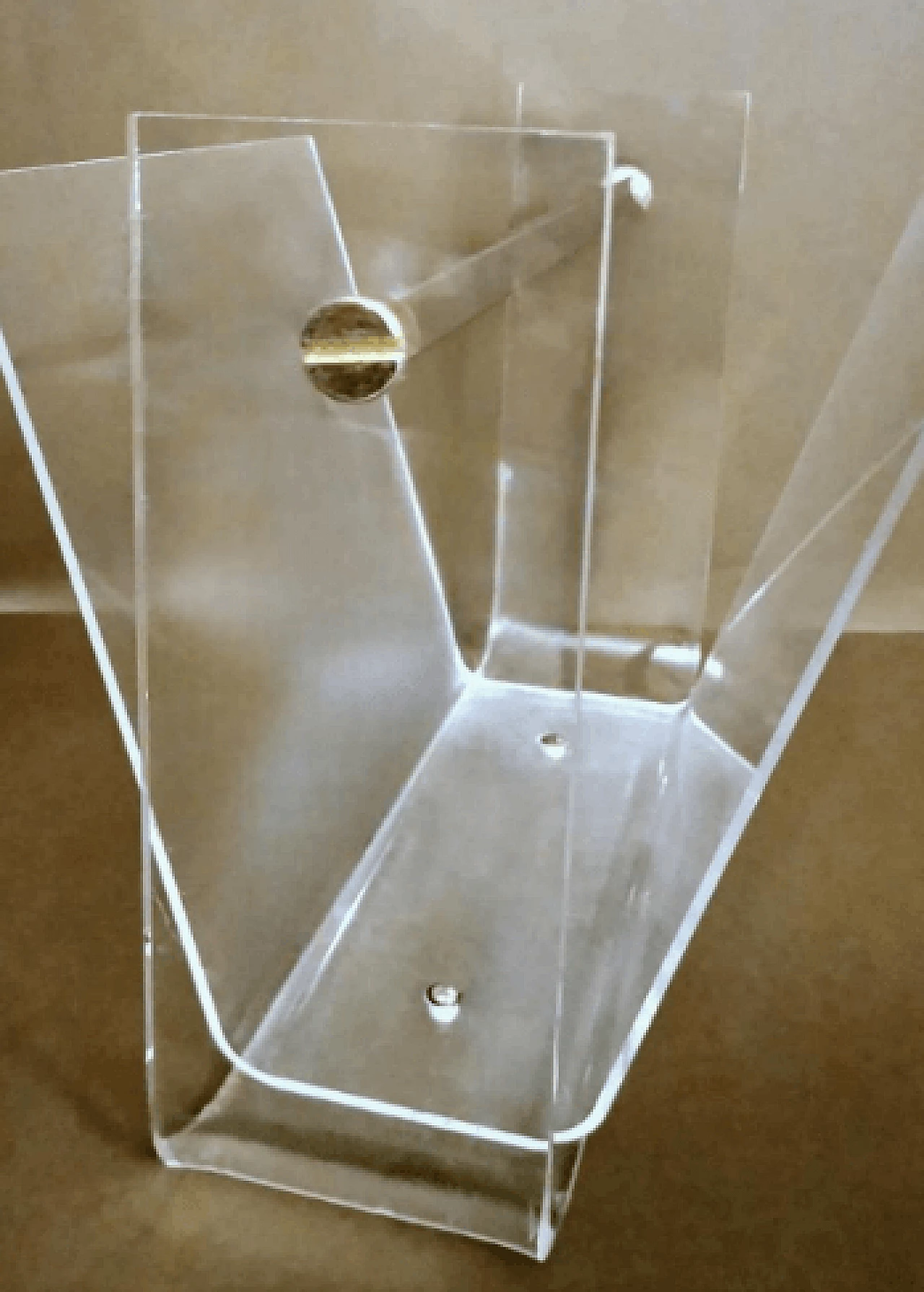
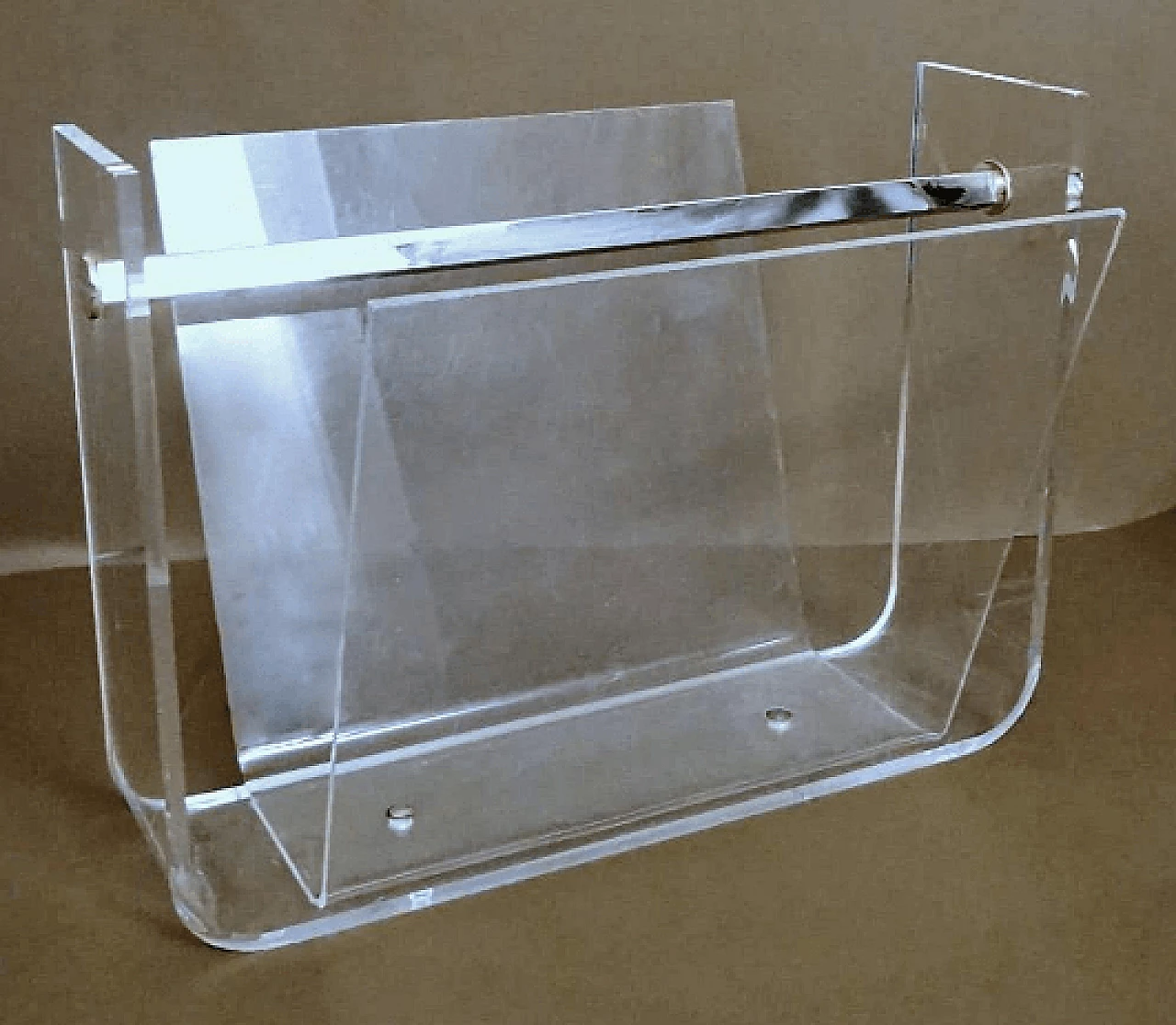
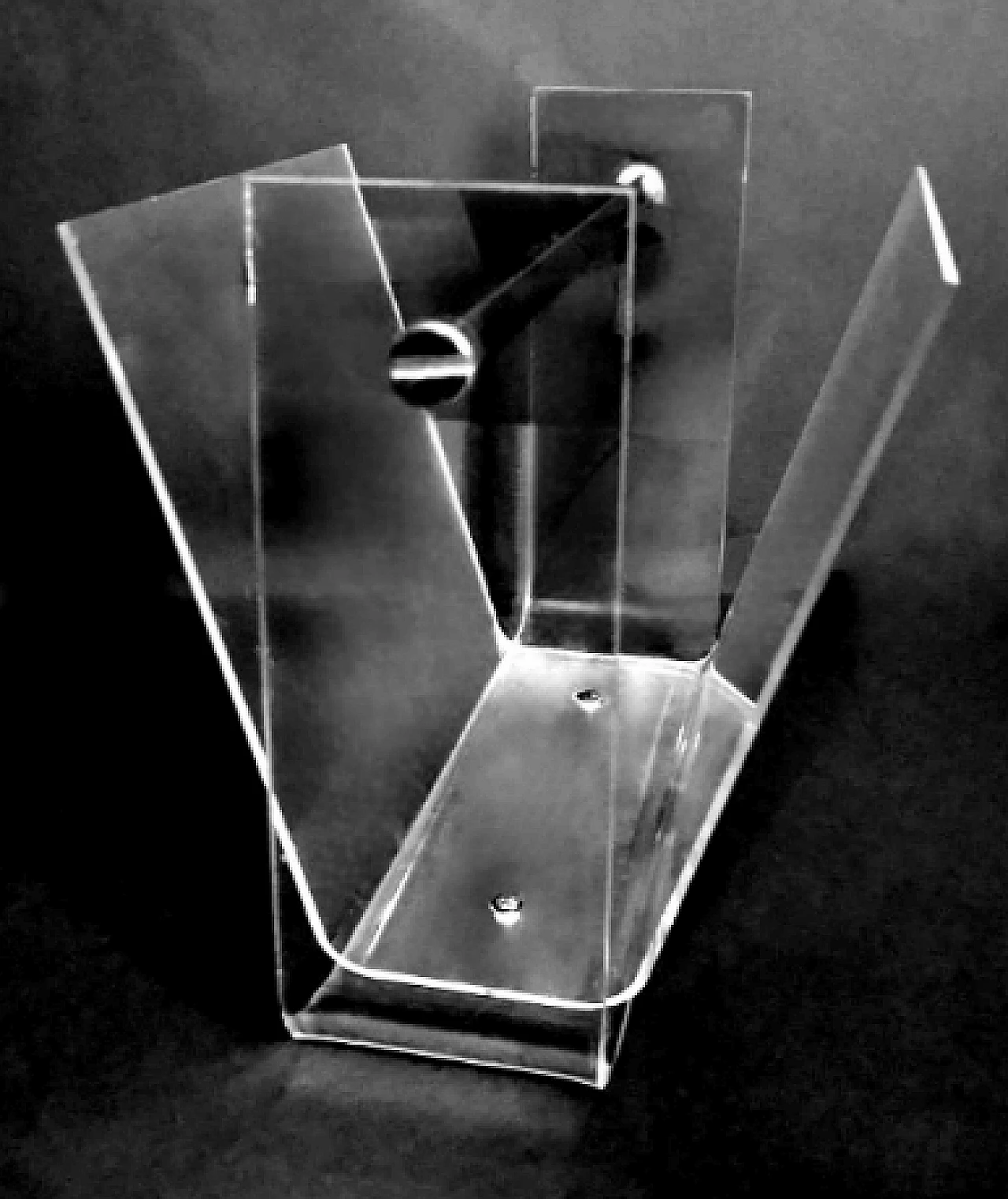
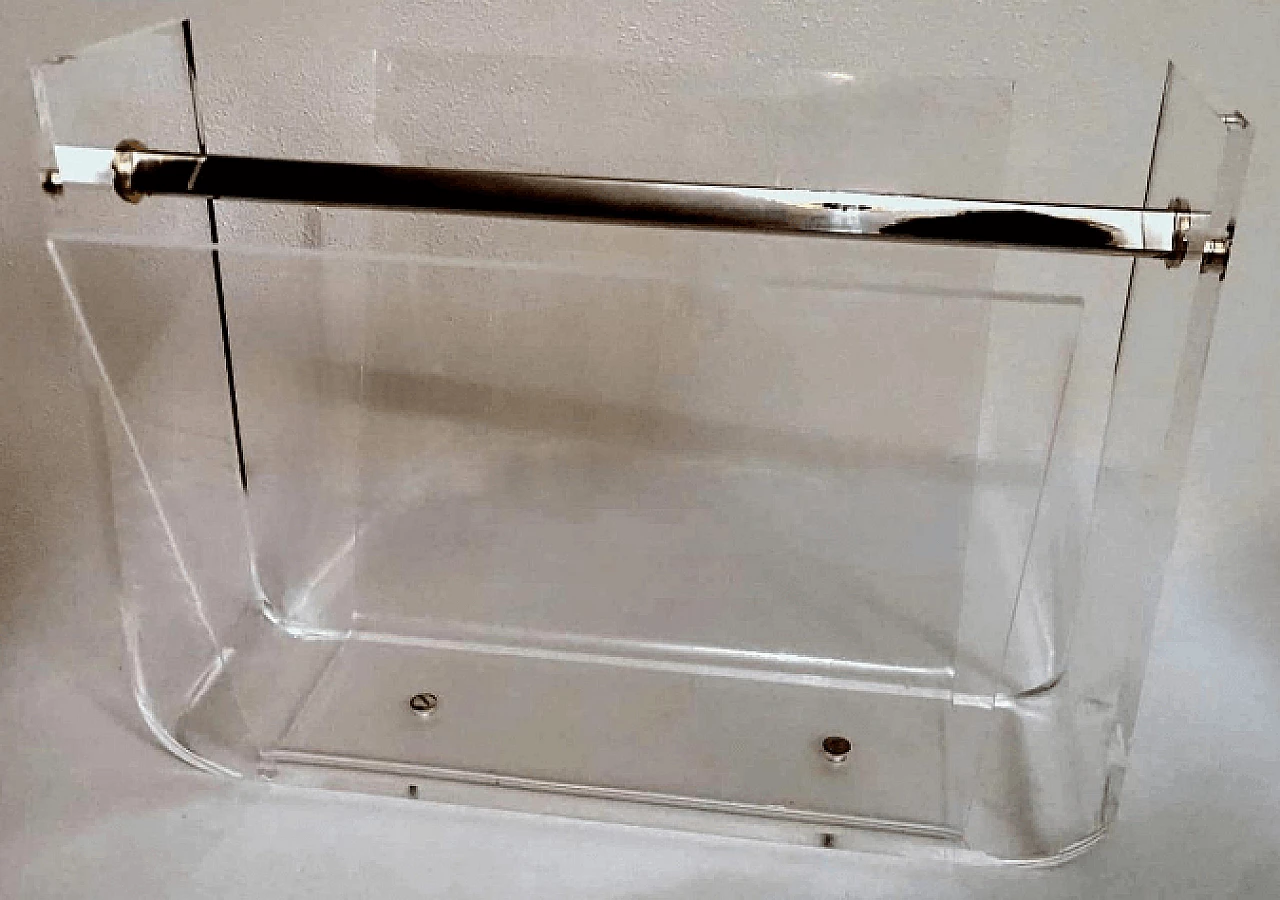
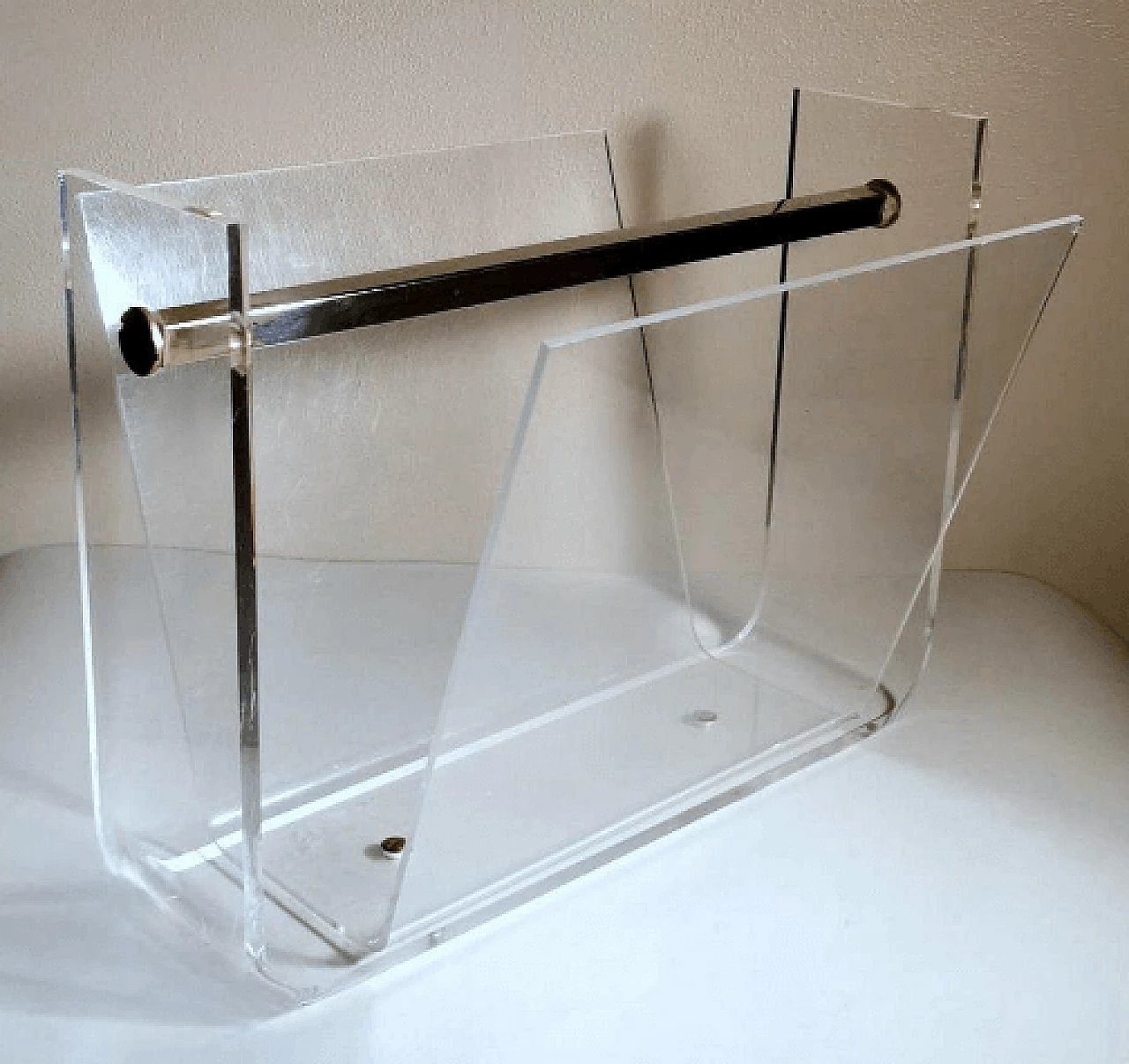
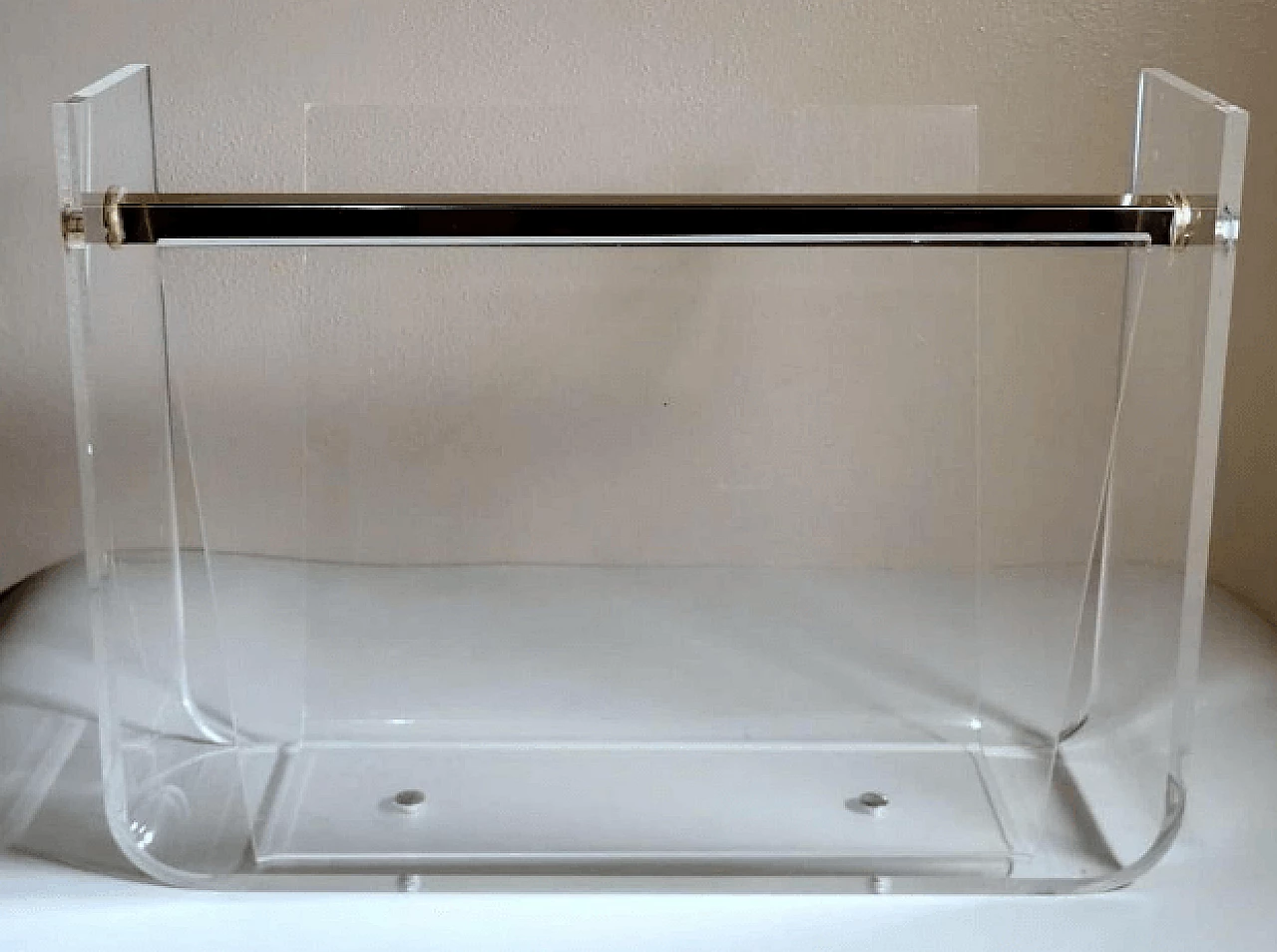
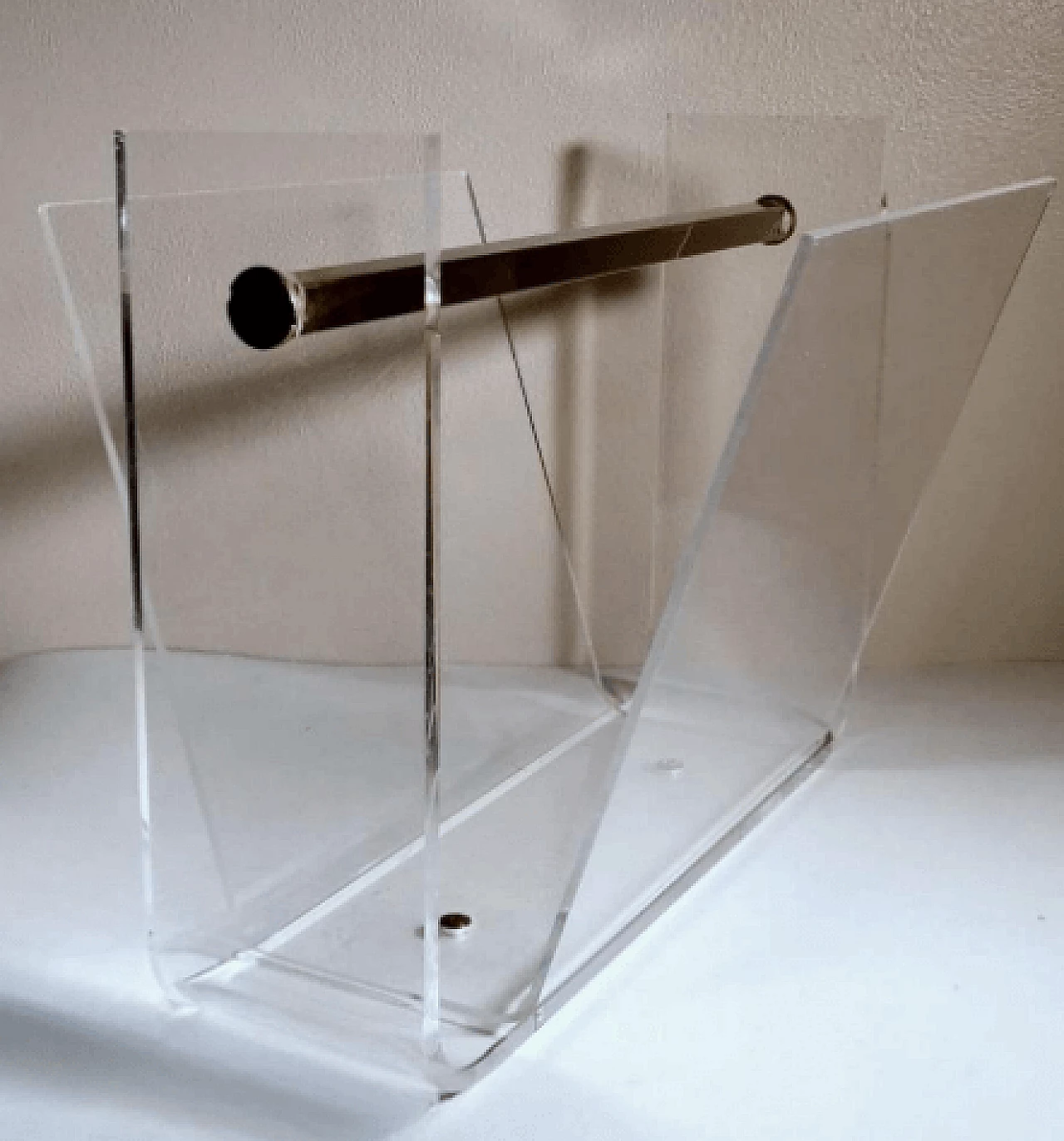
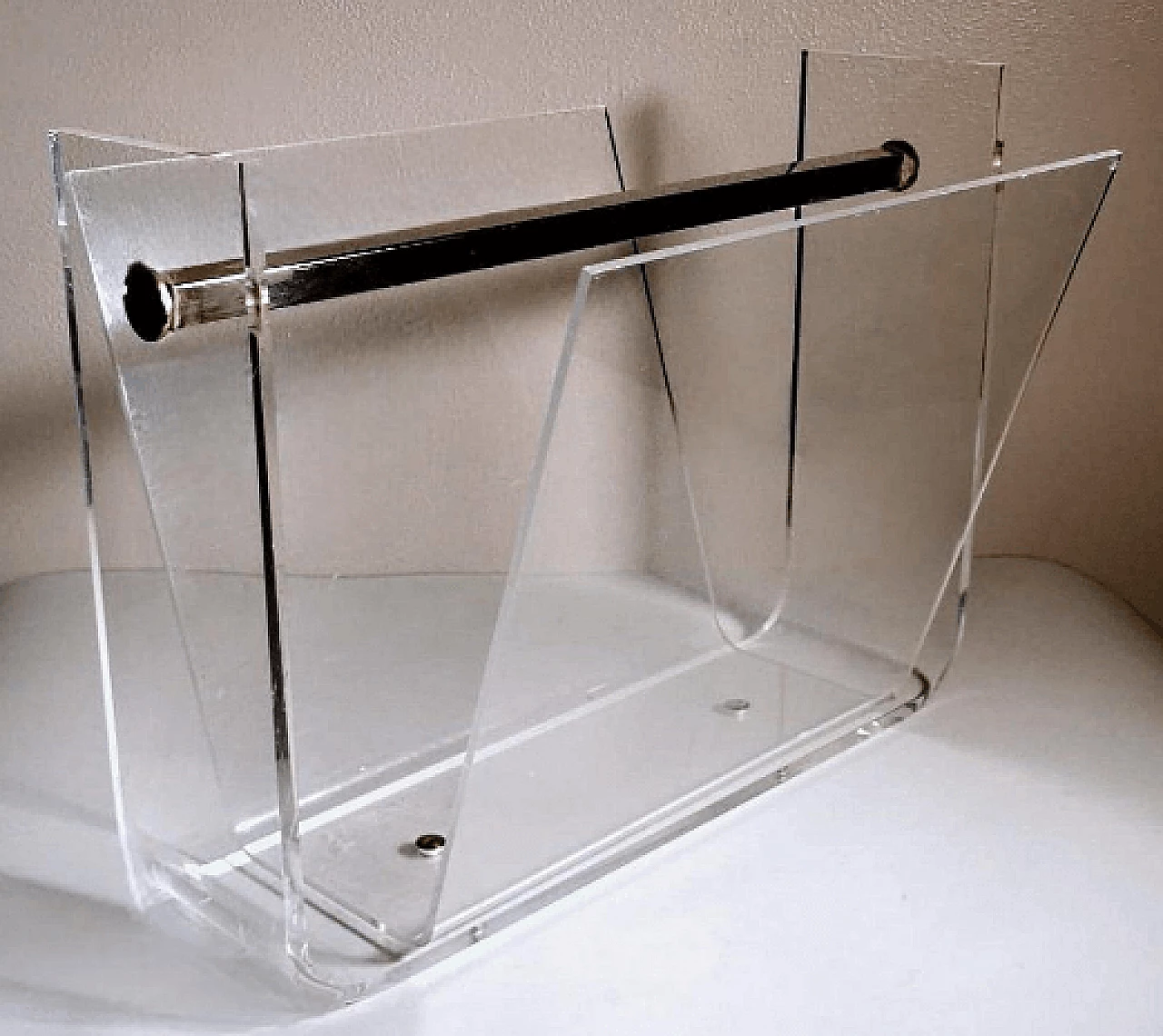
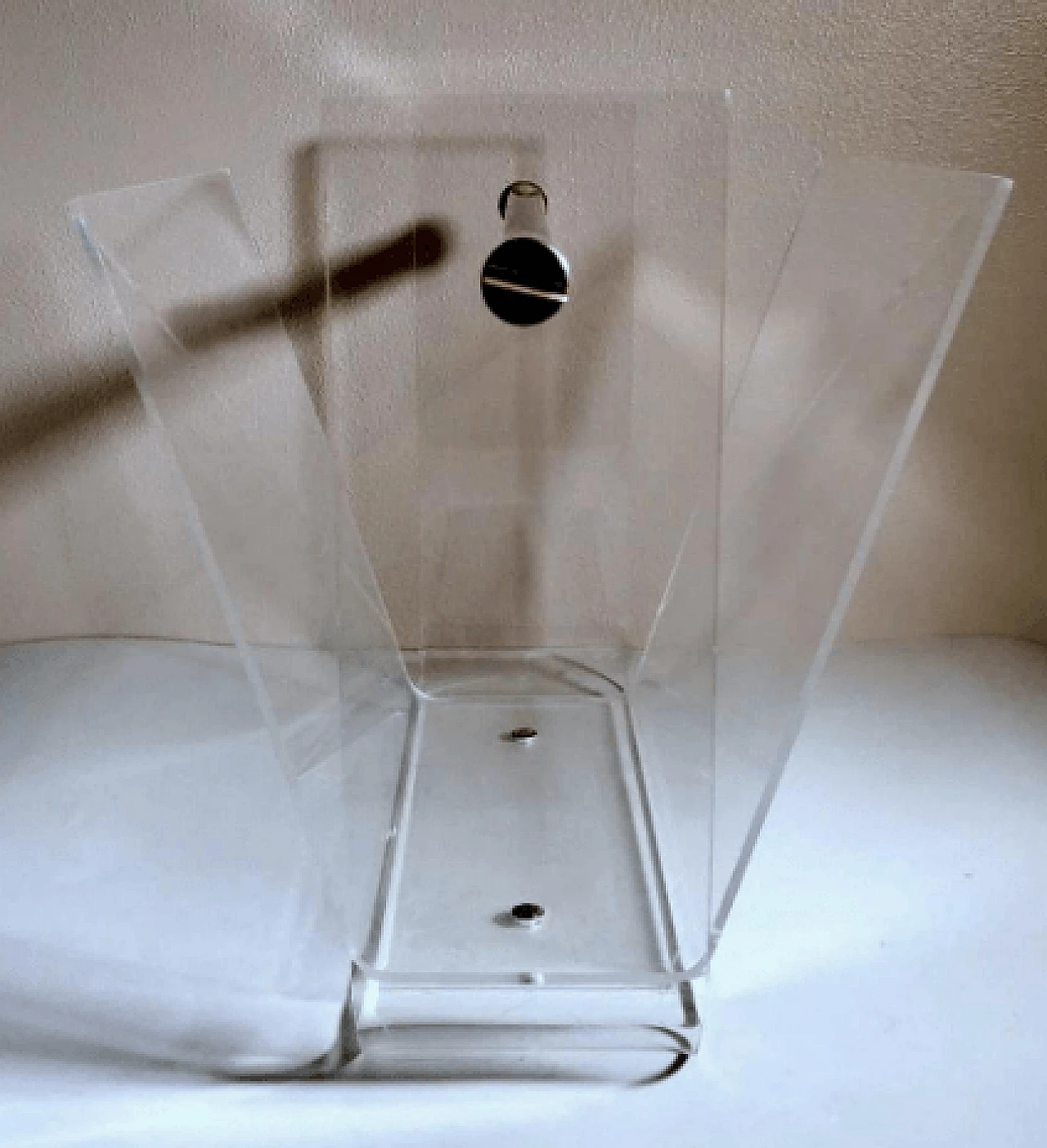
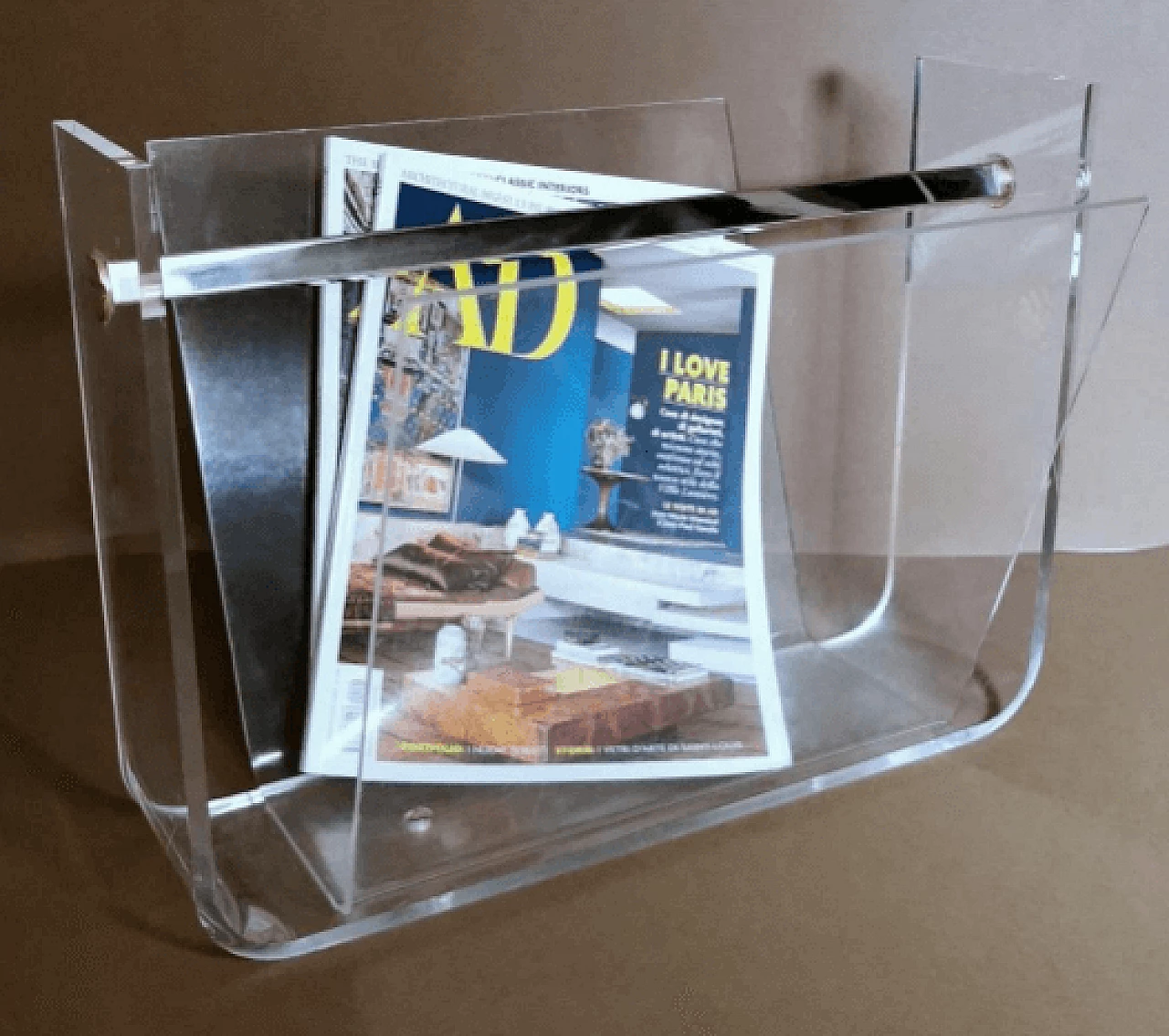
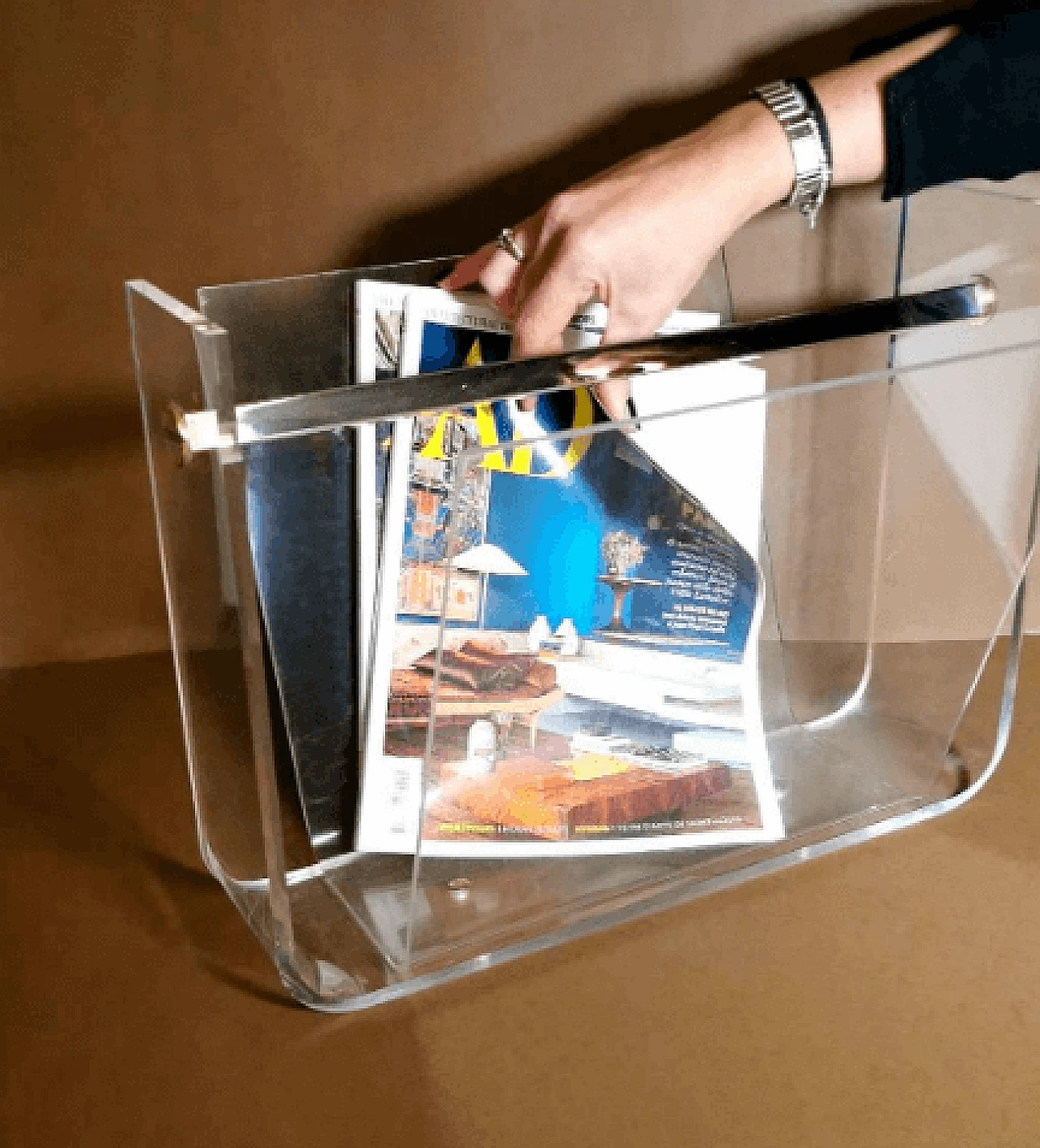
 SILVER Seller in Prato, Italy
SILVER Seller in Prato, Italy






.png)





